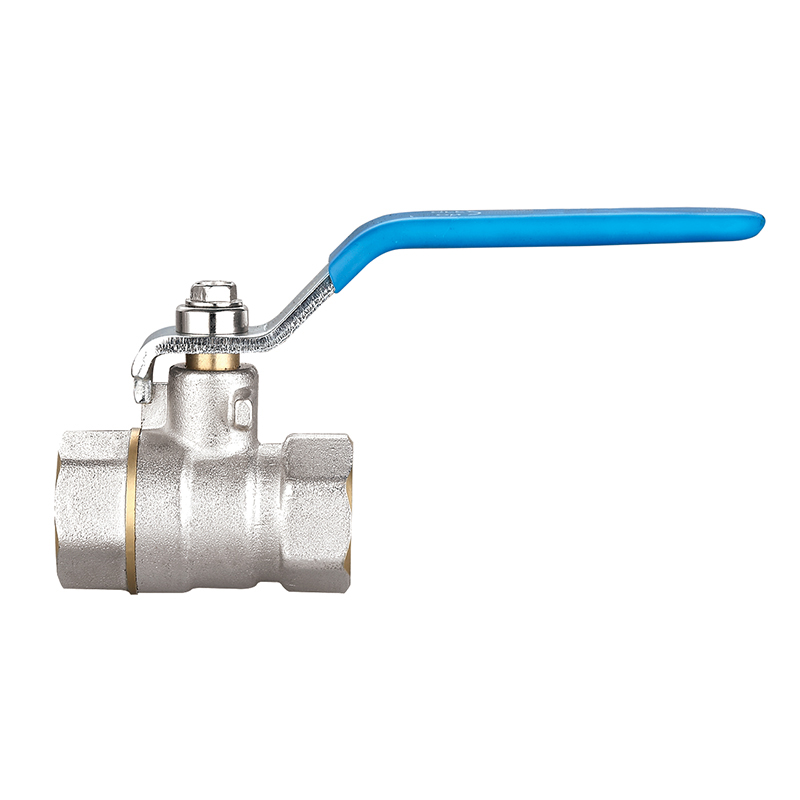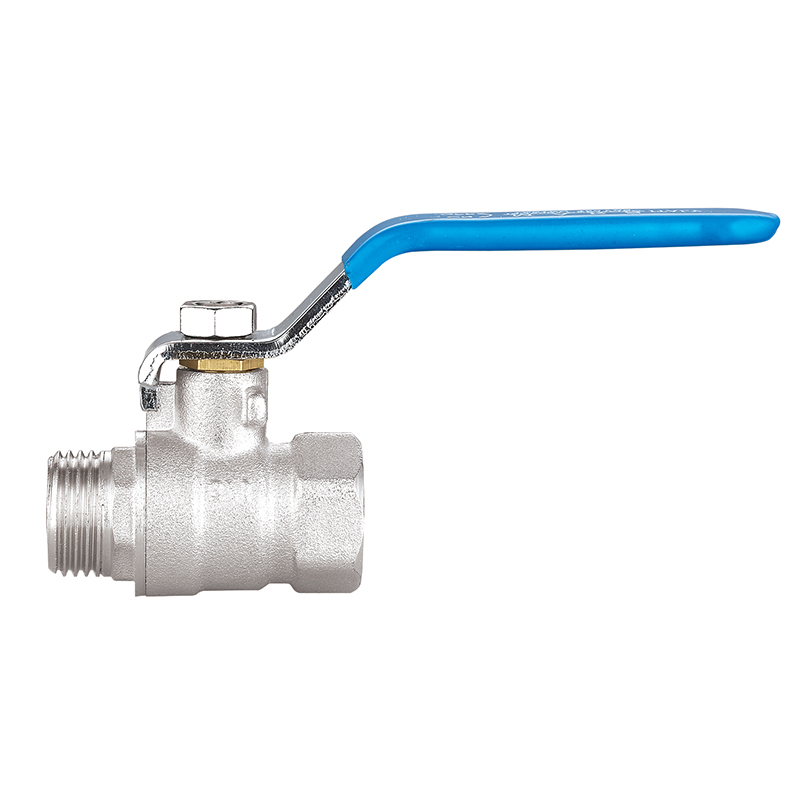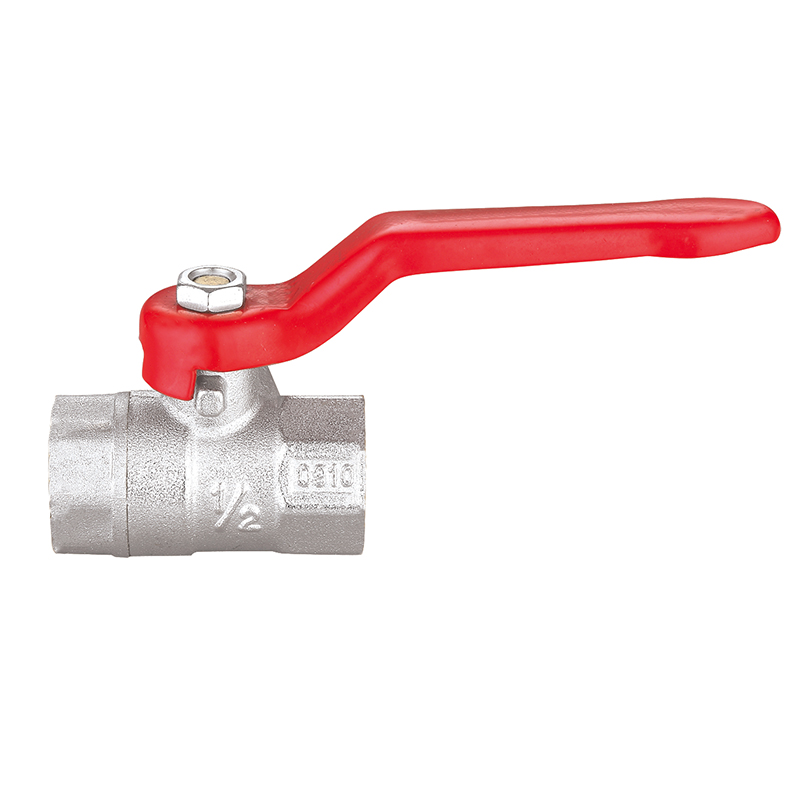Float Valves: Automatic Water Level Control for Efficient, Low-Maintenance Systems
2025-07-11
As global industries and infrastructure systems move toward greater efficiency and automation, certain time-tested components remain as relevant and vital as ever. Among them is the float valve—a deceptively simple yet highly effective device that has long played a critical role in controlling fluid levels across a wide range of applications. Whether in household water tanks, commercial cooling towers, agricultural irrigation, or industrial processing, float valves offer a reliable and economical solution for automatic water level management.
Their straightforward operation, combined with versatile configurations and maintenance requirements, continues to make float valves a choice for engineers, plumbers, and facility managers seeking dependable performance.
What Is a Float Valve?
A float valve is a mechanical device used to regulate the inflow of liquid based on its level in a tank, reservoir, or container. The valve is connected to a float—usually a hollow ball or diaphragm—that rises and falls with the liquid level. As the float moves, it mechanically opens or closes the valve, allowing or stopping the flow of water or other fluids.
This automatic, gravity-based control allows float valves to maintain a constant fluid level without manual intervention or electronic sensors, making them particularly useful in environments where power supply or advanced monitoring systems are unavailable.
Common Float Valve Configurations
Float valves are available in several types to accommodate different pressure ranges, flow rates, and installation constraints:
Ball Float Valves: These feature a spherical float attached to a lever arm. As the float rises with the water level, it pushes the lever upward, gradually closing the valve. This is one of the widely used designs, common in residential water tanks and livestock troughs.
Diaphragm Float Valves: These use a diaphragm and pilot mechanism to control larger flows and higher pressures. They offer smoother operation and are often found in commercial and industrial applications such as cooling systems and process water tanks.
Pilot-Controlled Float Valves: These advanced models use a small float-operated pilot valve to control a larger valve body, ideal for municipal water supply systems and irrigation networks that require remote or high-capacity control.

Each configuration is designed to suit specific environmental and operational needs, providing flexibility across sectors.
Key Benefits of Float Valves
Automatic Operation
Float valves automatically control the inflow of liquid, helping to maintain preset levels without the need for sensors or electronic control systems.
Maintenance
With few moving parts and a design that relies on mechanical principles, float valves require little upkeep beyond occasional cleaning and inspection.
Versatility Across Applications
From rainwater harvesting systems to industrial chemical tanks, float valves are adaptable to countless settings and can handle various fluids, including water, oil, and non-corrosive chemicals.
Cost Efficiency
Their relatively low cost and long service life offer return on investment, especially when considering the savings on labor and automation systems.
Applications in Different Sectors
Float valves are used in an incredibly diverse range of applications, including:
Residential Plumbing: In toilet cisterns, rooftop tanks, and sump pumps to maintain water levels and prevent overflow.
Agriculture and Livestock: To automatically refill water troughs, irrigation tanks, and hydroponic systems without requiring human supervision.
Cooling Towers and HVAC: Maintaining consistent water levels is critical in preventing overheating and ensuring proper system operation.
Municipal Water Supply: Pilot-operated float valves help manage the water levels in storage reservoirs and distribution tanks.
Food and Beverage Industry: Stainless steel float valves are commonly used in sanitary systems to manage process fluid levels under hygienic conditions.
Material and Design Considerations
Depending on the operating conditions and type of fluid, float valves are manufactured using a variety of materials:
Brass and Bronze: Common in residential and general-purpose systems due to durability and corrosion resistance.
Stainless Steel: in food-grade and corrosive environments for its hygienic properties and long lifespan.
Plastic (PVC, Nylon, Polypropylene): Lightweight, corrosion-resistant, and cost-effective options for agricultural or low-pressure applications.
Proper valve selection also includes considerations like float size and shape, valve inlet size, pressure rating, and whether a top-entry or side-entry design is for installation.
Whether you want to become our partner or need our professional guidance or support in product selections and problem solutions, our experts are always ready to help within 12 hours globally.




 русский
русский Español
Español عربى
عربى





